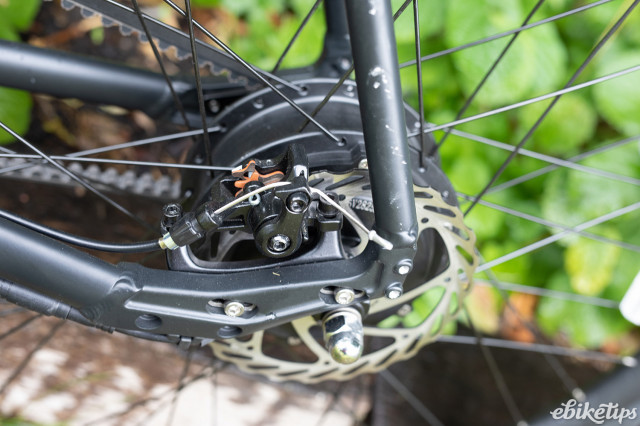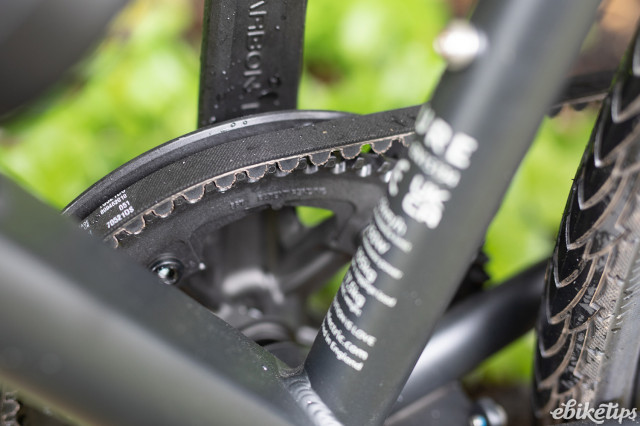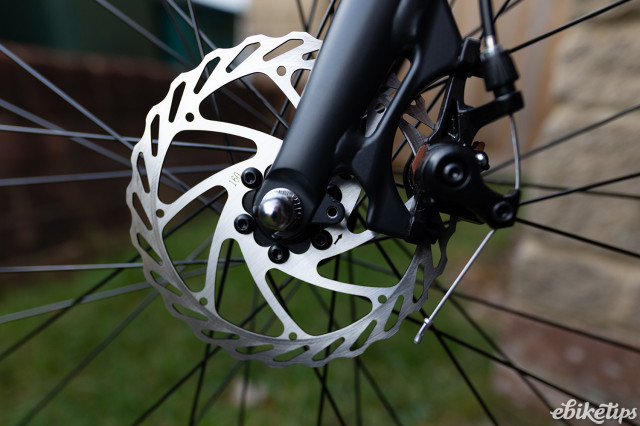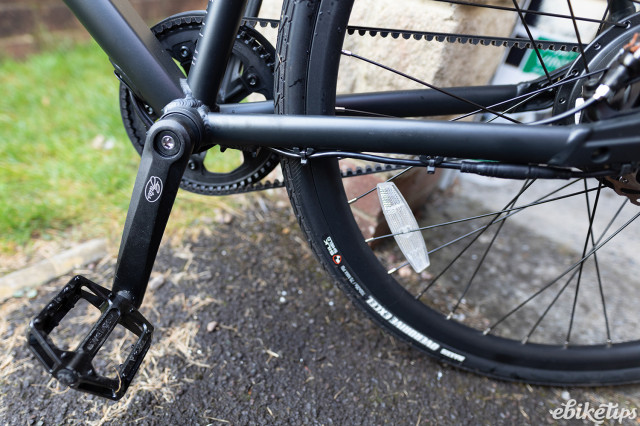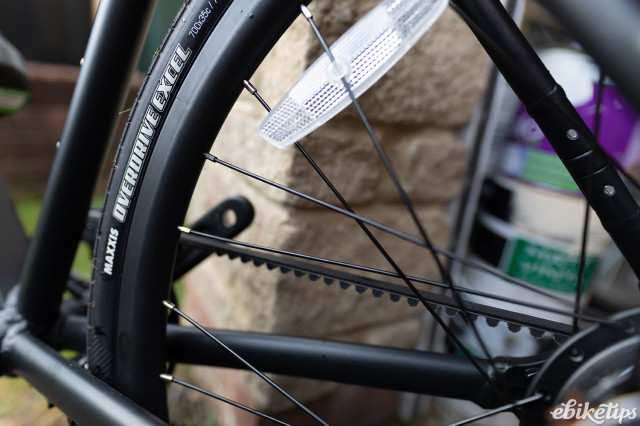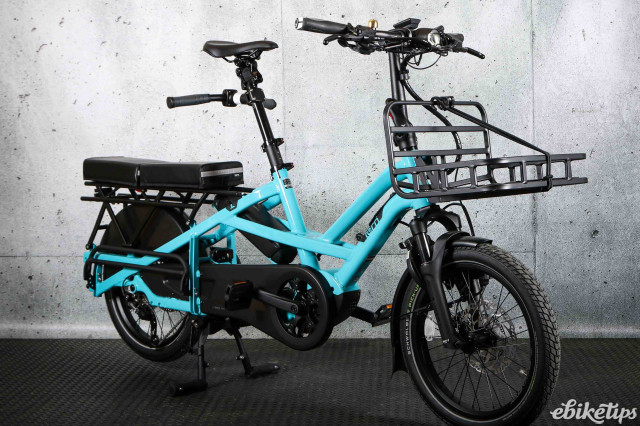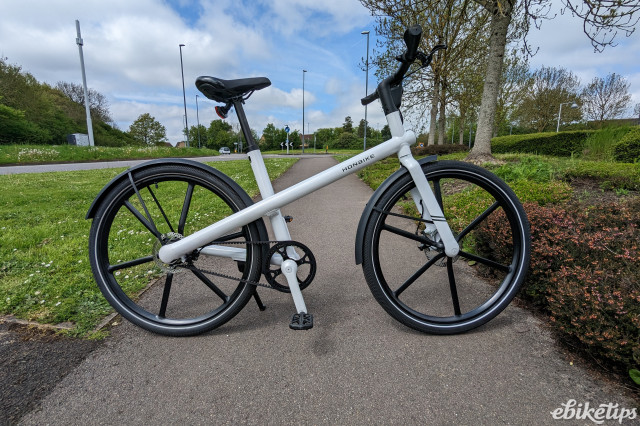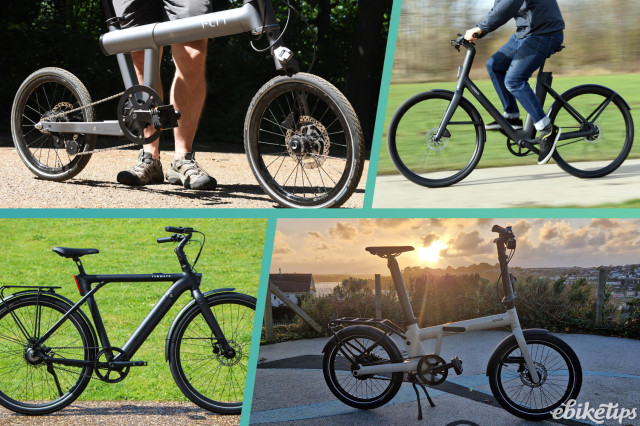Review: Pure Flux One Electric Hybrid Bike
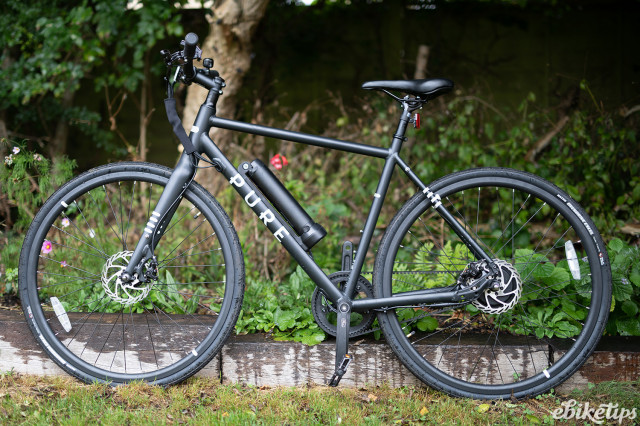
Overview
- Looks good
- Rides well
- Excellent belt drive
- Small battery
- Pedal issue
The immediate thought upon opening a package containing several thousand pounds’ worth of two-wheeled electric excitement certainly should be ‘nice bike’, and the same is true even if the nice bike in question only costs a single grand.
The Pure Flux One, despite the silly name that conjures up a disease that once inconvenienced medieval peasants (“I’ve got the pure flux, Blædswiþ! Prepare the pigsty!”) is a nice bike.
It only comes in one size, which means if you’re up at the maximum recommended height of a shade over six feet you’re going to look a bit like someone riding a bike that’s too small. There are no gears, which takes a bit of getting used to if your muscle memory is trained to click the shifter every time you feel the slope getting steeper, and instead of a chain there’s a carbon belt drive.
The matte black paint job is a good choice, sidestepping the problem of being invisible at night by accenting it with fluoro-white paint that positively glows. It’s a classy looking machine as a result, and we particularly liked the way the cabling is wrapped in a velcroed sheath before vanishing inside the frame. The result is a clean silhouette, with only the cylindrical bottle battery, sticking up within the frame, to give away the fact it’s an e-bike.
The motor, almost but not quite hidden behind the brake disc in the rear wheel hub, and painted black to match the rest of the frame, is a 250W unit with three speeds (15, 20 and 25kph, or 9, 12.5 and 15.5mph). The belt drive hooks over a single sprocket that’s able to freewheel, so while it might be described as single-speed, it’s not a fixie.
And that belt drive is a bit of a revelation. It’s dry, so you don’t need to worry about oil on your fingertips or chinos, it doesn’t feel any different to a chain when in motion, and zips along without any additional resistance. If this is your first contact with a belt drive, and they’re still not the most common sight, then prepare to be converted: if they’re all like this, then why the heck have we been faffing around with chains all this time? We didn’t spend long enough with the bike to discover whether it would stretch or slip, but manufacturer Gates quotes 10,000 miles before breakage in laboratory conditions. Along with the gearless mechanism it saves weight, cutting the Flux One down to a trim 17.5kg.
Elsewhere, you get disc brakes, which aren’t bad but not as sharp as the best we’ve felt, and the Maxxis tyres are pleasantly broad and rough - more than good enough for riding around town and on the slightly looser surface of the cyclepath.
The three power settings are controlled by a button on the small mono LCD display - which is difficult to make out if you’re wearing polarised sunglasses, but otherwise does a good enough job of giving you the information you need: speed, remaining battery capacity (range is 25 miles) and an odometer. The inclusion of a button to control built-in lights is a slightly strange one, considering no lights are provided, built-in or otherwise, but it doesn’t get in the way.
There has to be some bad to go with the good, however, and we have unfortunate news for the industrial designer still cackling away about how good the black and shiny-white bike they designed looks: lean it on anything, be it a bus stop, the garage wall, or one of those green BT cabinets that supply us with our internets, and the paint will scratch revealing a very noticeable silvery layer below. The contrast between the two is so great that it immediately jumps out at you.
And then there are the pedals. We’ve attached pedals to bikes before, and were heartened to see that the Flux One came with a pedal wrench included, but never have we had so much trouble with the foot-adjacent flanges. We screwed them in, got cross-threaded, unscrewed, went back again, time and again. Once we thought we’d got it sorted we were able to ride the bike, but something soon felt amiss under one foot, and the pedal had to be retrieved and reattached. Eventually, we found that the screw threads on one pedal were so stripped that it would no longer hold, falling through the crank as if smooth.
We approached Pure Electric about the issue, and were informed that: “We have spotted the issue... the team here is looking into it with a view to a fix if the issue isn’t isolated to these early samples”. Let’s hope it is isolated to early samples such as the one we received, as it’s ruining what is, as we may have mentioned above, a nice bike.
And it really is, though clearly made to a budget. From the slightly rough feel of the handlebar grips to the acceptably comfortable saddle to the lack of bells and whistles (you do, we must clarify, get a bell, though sadly not a whistle) to the all-black look, relatively small battery, lack of kickstand and disc brakes that could be better, it’s built around that glorious belt drive, which is just the thing for urban commutes or weekend excursions.
At £999, the Flux One is in some interesting company, with models from Eskute and E-Trends giving it a run for its money. As it stands, this is a great machine for anyone thinking about getting their first e-bike. An extended battery would be a lovely thing to see, and if Pure can get that early-model problem with the pedals sorted out, then we could have a winner here.
